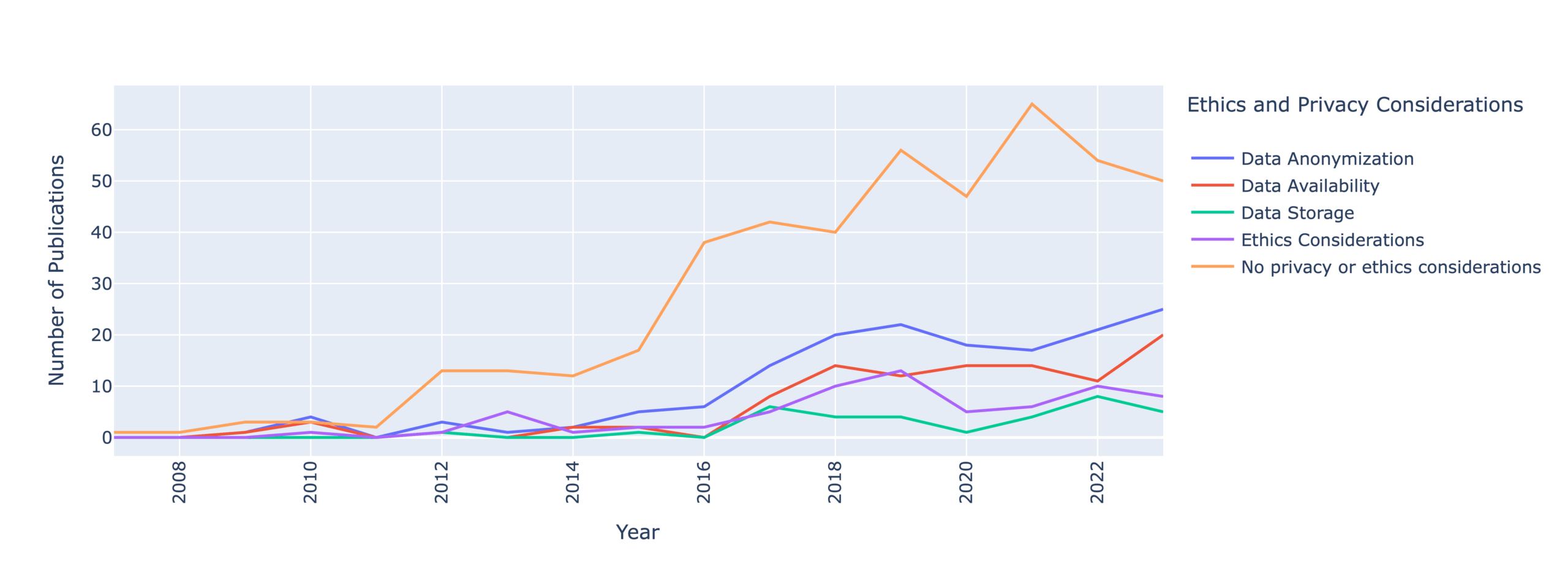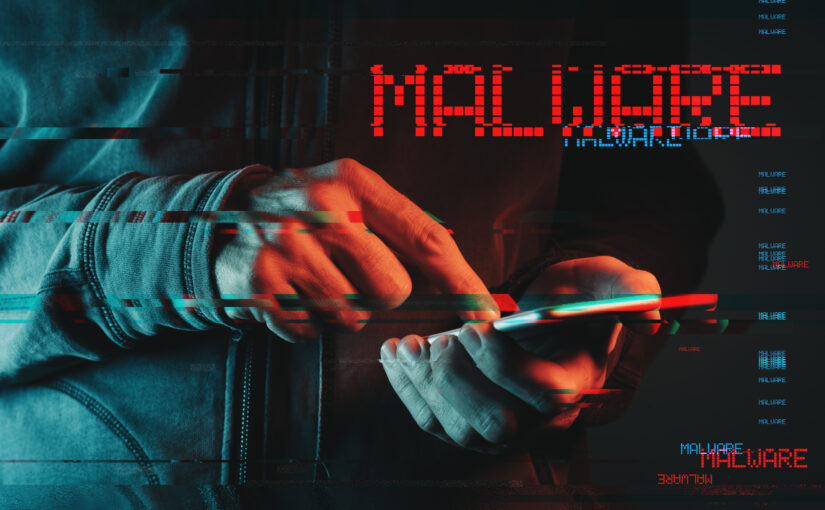Time-lock puzzles allow a message to be locked today and only revealed after a certain amount of time has passed.
This idea has wide-reaching applications, from delayed cryptocurrency payments and sealed-bid auctions to time-based access control and zero-knowledge proofs.
In our latest work, we present the concept of Delegated Time-Lock Puzzles (D-TLPs), a new, scalable framework that supports secure outsourcing of time-lock puzzle generation and solving, even when different clients and servers have vastly different computational capabilities.
The full paper, Scalable Time-Lock Puzzles, is presented at ACM AsiaCCS 2025 and is a collaboration between researchers at Newcastle University, University College London, and the University of Oxford.
The problem: TLPs aren’t built for scale
Existing TLPs often assume a server has the computational power to solve a puzzle within a time interval, which is an assumption that breaks down quickly in practice.
Imagine two clients each create a TLP: one is meant to unlock in 24 hours, the other in 40 hours.
A server receiving both would need to solve them in parallel, performing 64 hours of computation.
Worse still, if hundreds or thousands of puzzles are submitted, the server’s workload becomes unrealistic.
Current solutions, like chained or batchable TLPs, don’t help when time intervals vary or clients are unrelated.
Continue reading Protect now, reveal later: a scalable Time-Lock Puzzle solution













